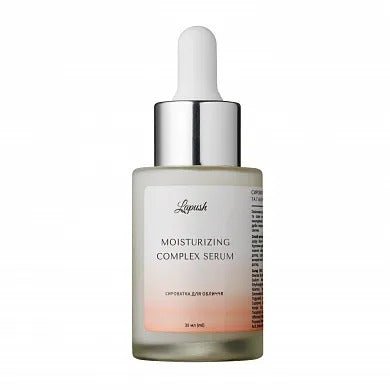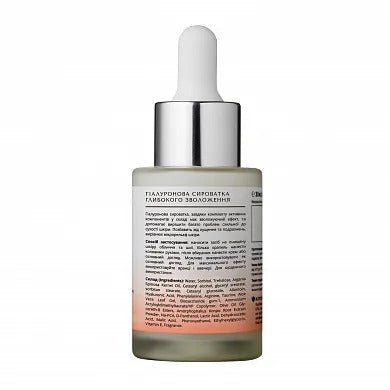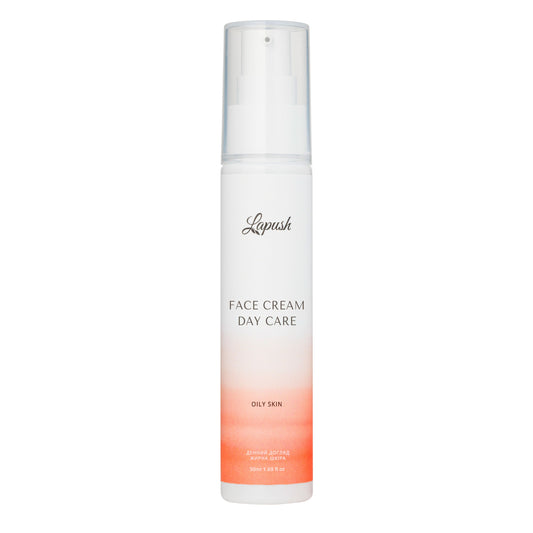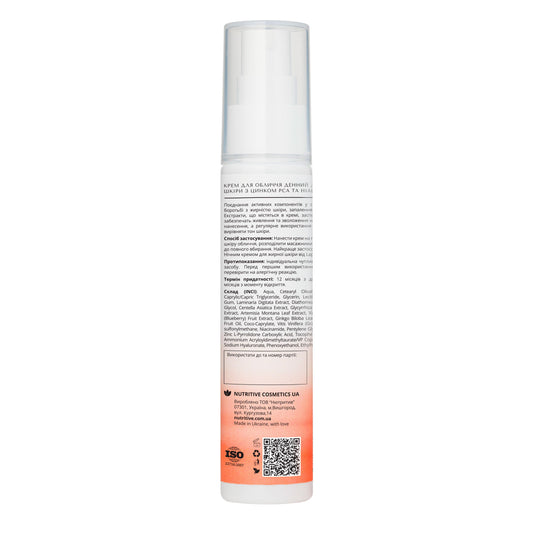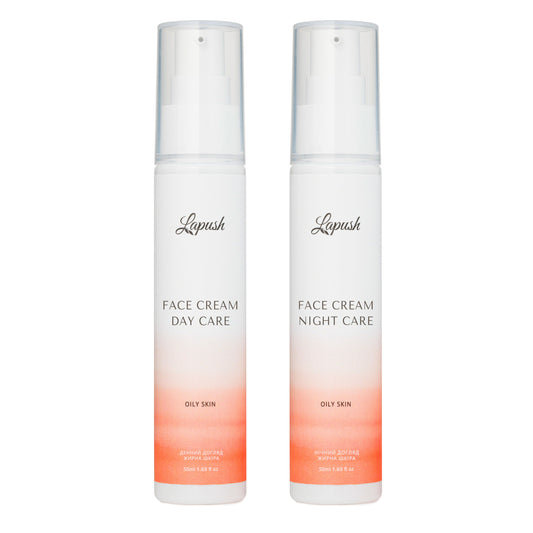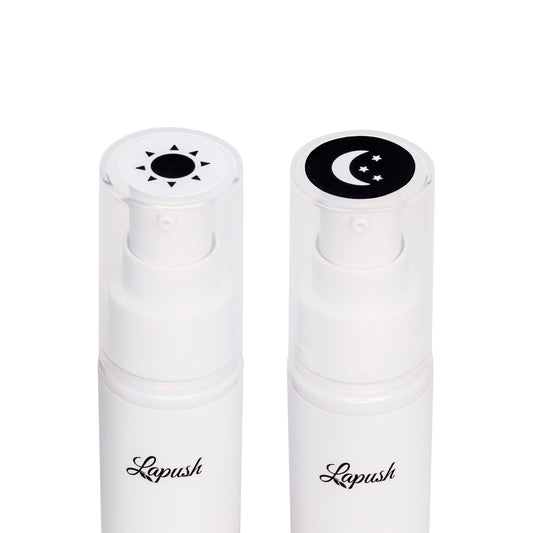
What is hyaluronic acid and why has it become the secret to youthful skin?
Hyaluronic acid is on the lips of every woman who cares about the beauty and youth of her skin today. This unique component, which is naturally present in our body, is able to retain water in an amount that is a thousand times greater than its own weight. Thanks to this property, hyaluronic acid has become a real star of cosmetology and dermatology, promising to return elasticity, smoothness and a radiant appearance to the skin.
What is hyaluronic acid and its role in the body?
Hyaluronic acid is a natural polysaccharide that is synthesized by the cells of our body and plays a key role in maintaining the water balance of tissues. The hyaluronic acid molecule has the unique ability to bind and retain water in an amount that is a thousand times its own weight, making it indispensable for maintaining skin elasticity and hydration.
At a young age, the body actively produces this substance, providing natural moisture and elasticity to all tissues. The highest concentration of hyaluronic acid is observed in the skin, eyes, joints and heart valves, where it performs critically important functions in maintaining health and youth.

Natural origin and structure of the molecule
The structure of the hyaluronic acid molecule allows it to create complex three-dimensional networks that act as a natural hydrogel in the intercellular space. This provides not only intensive hydration, but also mechanical support for tissues, contributing to their active regeneration and rapid recovery after damage.
It is thanks to the unique structure of hyaluronic acid that children's skin looks so tender, elastic and radiant. The molecules form a protective barrier that prevents moisture loss and protects cells from the negative effects of external factors.
The biosynthesis of hyaluronic acid occurs with the participation of special enzymes - hyaluronan synthases, which control both the rate of formation and the molecular weight of the final product. This process can change under the influence of hormones, stress and age.
Functions of hyaluronan in various body systems
The role of hyaluronic acid in the body goes far beyond cosmetic properties and covers almost all systems of the human body. In joints, it acts as a natural lubricant, ensuring smooth movement and reducing friction between cartilage surfaces, which is especially important for maintaining their health with age.
In the eyes, hyaluronic acid maintains the shape of the vitreous body and ensures its transparency, and also participates in the processes of moisturizing the cornea. For the cardiovascular system, this substance is no less critical - it maintains the elasticity of the walls of blood vessels, promotes normal blood circulation and ensures the proper functioning of heart valves.
Hyaluronic acid plays a key role in wound healing by stimulating cell migration, new blood vessel formation, and regulating inflammation. It also plays an active role in maintaining the body's immune function, helping to protect against infections and speeding up recovery from injuries or illnesses.

The effect of age on hyaluronic acid levels
With age, the body's natural ability to produce hyaluronic acid gradually but steadily decreases, which becomes one of the main causes of visible skin aging. After 25 years, a slow decrease in the concentration of hyaluronic acid in tissues begins, and by the age of 40 its level can drop by 40%, and by the age of 60 - by a critical 60-70% compared to a young age.
This process occurs through a complex set of biochemical changes in the body. On the one hand, the activity of enzymes responsible for the synthesis of new hyaluronic acid molecules decreases, on the other hand, the activity of hyaluronidase, an enzyme that actively destroys existing molecules, increases. External factors such as UV radiation, pollution, stress and bad habits only accelerate these degradation processes.
Aging processes and decreased synthesis
The molecular mechanisms of decreased hyaluronic acid production are associated with a decrease in the expression of genes responsible for the synthesis of key enzymes. Hormonal changes, especially in women during menopause, also significantly affect the ability of cells to produce sufficient amounts of hyaluronic acid to maintain optimal tissue hydration.
Oxidative stress caused by free radicals not only damages existing hyaluronic acid molecules, but also disrupts the normal functioning of cellular mechanisms for their repair. This creates a vicious circle, where hyaluronic acid deficiency leads to a decrease in the skin's protective functions, making it even more vulnerable to external aggressive factors.
Genetics also play a role in the rate of hyaluronic acid loss. Some people have a natural tendency to lose its levels more slowly, which explains individual differences in the rate of skin aging even with the same living conditions and care.

Visible signs of hyaluronic acid deficiency
A lack of hyaluronic acid in the body manifests itself in a number of characteristic signs that gradually become more noticeable with age. The first and most obvious symptom is the loss of natural moisture in the skin, which becomes dry, rough, prone to peeling and irritation, especially in cold or windy weather.
Over time, fine facial wrinkles appear, especially in areas of active facial expressions - around the eyes, lips, on the forehead and between the eyebrows. The skin gradually loses its natural elasticity and firmness, becomes flabby, and sags, which is especially noticeable in the cheeks, chin and neck, leading to deformation of the facial oval.
The color and texture of the skin also undergo significant changes - it loses its natural radiance, becomes duller, age spots appear and enlarged pores become more pronounced. Particularly noticeable changes occur in the décolleté area and on the hands, where the skin becomes thin, transparent, with clearly visible blood vessels and age spots.
The use of hyaluronic acid in cosmetology and medicine
Modern aesthetic medicine and cosmetology offer a wide range of methods for using hyaluronic acid to combat age-related changes and improve skin quality. From the simplest cosmetics to complex medical procedures, hyaluronic acid has become a universal tool for preserving youth and beauty.
The variety of forms and concentrations of hyaluronic acid allows you to choose the optimal therapy option for each individual case, taking into account the patient's age, skin condition, desired result and possible contraindications. Professional procedures provide a quick and long-lasting effect, while home care maintains the achieved results.
Invasive procedures with hyaluronic acid
Injections of hyaluronic acid in the form of fillers allow you to quickly and effectively fill wrinkles, restore lost volume and model facial contours with minimal risks and a short rehabilitation period. These preparations have different viscosity, particle size and degree of crosslinking, which allows the cosmetologist to choose the ideal option for the correction of a specific area.
Biorevitalization involves the introduction of low molecular weight hyaluronic acid into the surface layers of the skin for deep hydration, stimulation of regeneration and improvement of the overall condition of tissues. The result becomes noticeable after the first procedure and lasts for 4-6 months, gradually supporting the natural recovery processes.
Mesotherapy with hyaluronic acid combines the benefits of intense hydration with additional active ingredients – vitamins, amino acids, peptides and minerals. Such personalized cocktails provide comprehensive skin healing and can be used on any part of the body, including the décolleté, hands, neck and even the scalp.
Non-invasive methods of use
Cosmetics with hyaluronic acid have become an integral part of the daily skin care routine for millions of people around the world. Creams, serums, masks, toners and other products contain various forms of hyaluronic acid – from high molecular weight to nano-sized, each of which has unique penetration properties and specific effects on different layers of the skin.
High molecular weight hyaluronic acid creates an invisible protective film on the skin surface, which effectively prevents moisture loss and protects against aggressive external factors such as wind, frost, sun and pollution. Low molecular weight and hydrolyzed forms are able to penetrate into the deeper layers of the epidermis, providing long-lasting intensive hydration from the inside and stimulating natural regeneration processes.
Hardware cosmetology offers revolutionary methods of delivering hyaluronic acid without painful injections. Electroporation, ultrasound therapy, microcurrent therapy, iontophoresis and phonophoresis can significantly increase skin permeability and ensure deep penetration of active substances at a level comparable to injection methods, but completely painlessly and without a rehabilitation period.
Cosmetic products with hyaluronic acid: the choice for effective care
The cosmetics market today is flooded with hyaluronic acid products, from budget options to premium brands. Each type of product has its own specific uses and effectiveness.
Serums with hyaluronic acid are the most concentrated option for home use. They usually contain 0.5-2% of the active ingredient in various molecular forms. They are applied to cleansed skin before cream, providing intensive hydration and preparation for further care.
Moisturizers combine hyaluronic acid with other active ingredients - ceramides, peptides, vitamins. Ideal for daily use, especially for dry and mature skin. Day formulas are often supplemented with SPF protection.
Masks with hyaluronic acid provide a quick SOS moisturizing effect. Cloth masks give instant results, rinse-off masks have a deeper effect. It is recommended to use 1-2 times a week to maintain optimal moisture levels.
Eye patches with hyaluronic acid effectively fight the first signs of aging in the most sensitive area. Hydrogel patches instantly smooth fine wrinkles and reduce swelling.
When choosing a product, it is important to pay attention to the concentration of the active substance, the presence of additional moisturizing components and the reputation of the manufacturer. High-quality cosmetics with hyaluronic acid should have a neutral pH and not contain aggressive preservatives.
Conclusion: hyaluronic acid as the basis of anti-aging therapy
Hyaluronic acid is deservedly considered one of the most effective components for combating age-related skin changes. Its unique ability to retain moisture combined with its natural origin makes it an ideal choice for people of any age. Regular use of hyaluronic acid products or professional procedures can significantly improve the condition of the skin, restore its elasticity and youthful appearance.
It is important to understand that the effectiveness of hyaluronic acid depends on the correct choice of products and methods of their application. Consultation with a qualified cosmetologist or dermatologist will help you choose the optimal care program that will take into account the individual characteristics of the skin and the wishes for the result. Investing in quality products with hyaluronic acid is an investment in the long-term beauty and health of your skin.

